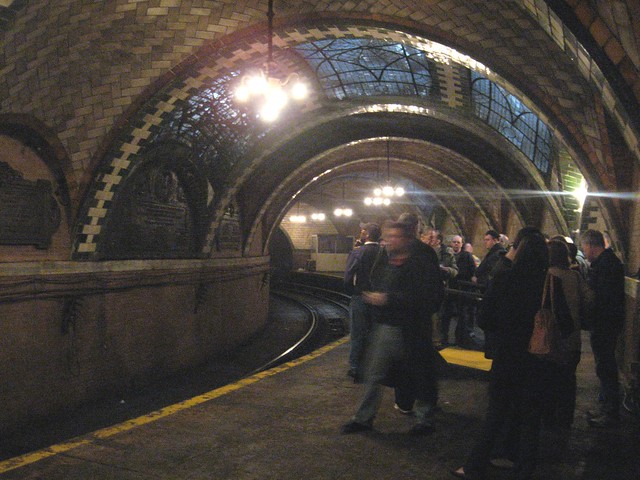Since New Jersey Gov. Chris Christie canceled the ARC Tunnel and sacrificed over $3 billion in federal money, New York Sen. Kirsten Gillibrand has been working furiously with U.S. Transportation Secretary Ray LaHood to ensure that at least some of these dollars find their way to the city. The Wall Street Journal reported yesterday evening that LaHood has all but assured Gillibrand of the money. “He thought there could be a decision in the next 30 days or so and that New York is well-positioned to get some of the funding,” the state’s junior senator said in a statement.
So towards what will the money go? Over the last few weeks, I’ve written about likely destinations for the ARC Tunnel money, and I’ll stand by what I’ve said. Ensuring that the 7 line extension stops at 10th Ave. and 41st St. should be the top priority, and any additional funds New York can secure should go toward the Second Ave. Subway and East Side Access. Considering that the 10th Ave. station along the 7 should cost between $500 and $800 million, there’s plenty of money for everything.

 I often pity the poor F train. It reaches from Coney Island to Jamaica, Queens, with an extended local stint in Manhattan, and touches the lives of so many people. Yet, these straphangers by and large can’t stand the F. It’s slow; it’s crowded; it doesn’t offer Brooklyn express service; and the waits can seem interminable.
I often pity the poor F train. It reaches from Coney Island to Jamaica, Queens, with an extended local stint in Manhattan, and touches the lives of so many people. Yet, these straphangers by and large can’t stand the F. It’s slow; it’s crowded; it doesn’t offer Brooklyn express service; and the waits can seem interminable. 




















 (Rockaway Park Shuttle)
(Rockaway Park Shuttle)